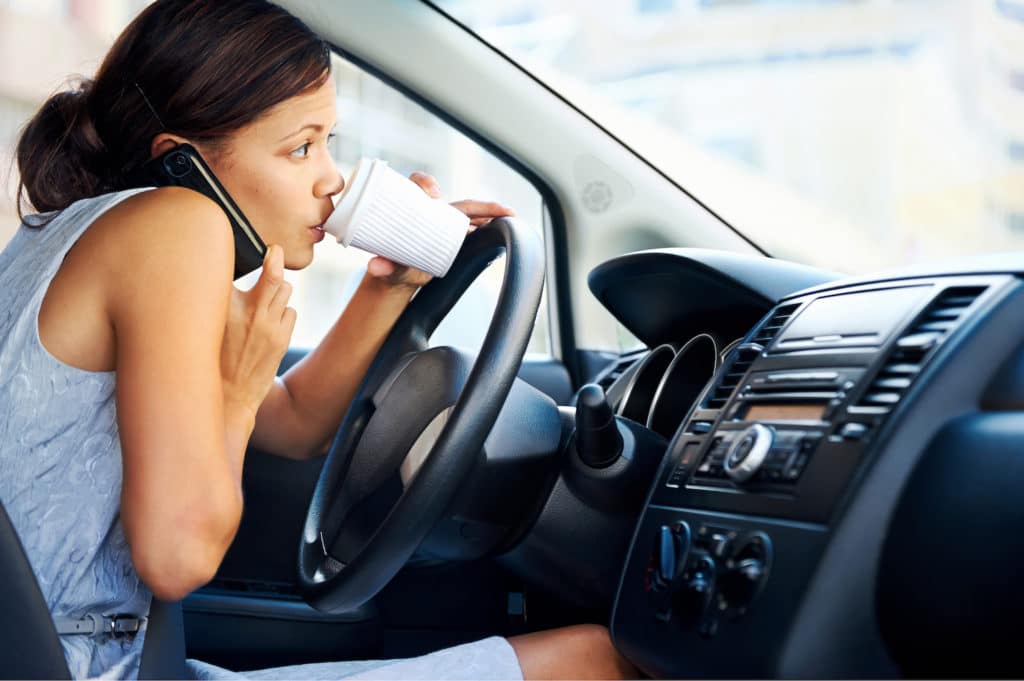The Freedom to Drive without Distraction
Sat, 04/23/2016 - 23:20
My best friend and me at 16 years old with my 1993 BMW 325i.
When I got my license in 1999, I had a cellphone that resided mostly in the glove box. Actually, it was my mom’s cellphone. She would give it to me when I’d go out with my friends for those instances when I may need to call to let her know I would be home a few minutes late, to ask permission to go somewhere unplanned, or in case of an emergency. Parents give their teens cellphones largely for the same main purpose today; it’s an immediate way to connect with our children should they need us. (Of course, that’s only a fraction of the reason teens want a smartphone.)
What we could not have anticipated when the first flip phones made their way into Americans’ hands were the vast possibilities of connectivity that would shortly follow. Our phones quickly went from mobile versions of that thing attached to the kitchen wall to miniature PC’s in our palms.
Technology has changed the way we operate behind the wheel.
The transformation of how we stay in touch has happened so quickly that federal and state laws cannot keep up. Such a rapid change has led to drivers developing unsafe habits behind the wheel before truly recognizing they were being so unsafe. And according to the National Highway Traffic Safety Administration (NHTSA), it has resulted in hundreds of thousands of injuries and thousands of deaths due to distraction. So what are companies doing to help consumers curb these bad habits? They’re packing their products with safety technologies to help reduce distraction when behind the wheel. Everything from mobile apps to infotainment systems to semi-autonomous features are being put to use to combat this deadly epidemic.8 Technologies Helping Us Drive without Distraction:
1) Voice-activated commands –-
- Thanks to the proliferation of Bluetooth technologyin virtually every new car, whether entry-level or ultimate luxury, we can now easily make handsfree phone calls. Another way voice activation has been helpful is in interacting with your vehicle’s infotainment system, whether asking for directions to a new destination or tuning to your favorite radio station.

[{"target_id":"255311","alt":null,"title":null,"width":"1024","height":"681","url":"\/sites\/default\/files\/articles-images\/8b\/distracted-while-driving-1024x681-1.jpg"},{"target_id":"255312","alt":null,"title":null,"width":"1200","height":"630","url":"\/sites\/default\/files\/articles-images\/0a\/the-freedom-to-drive-without-distraction.png"}]




